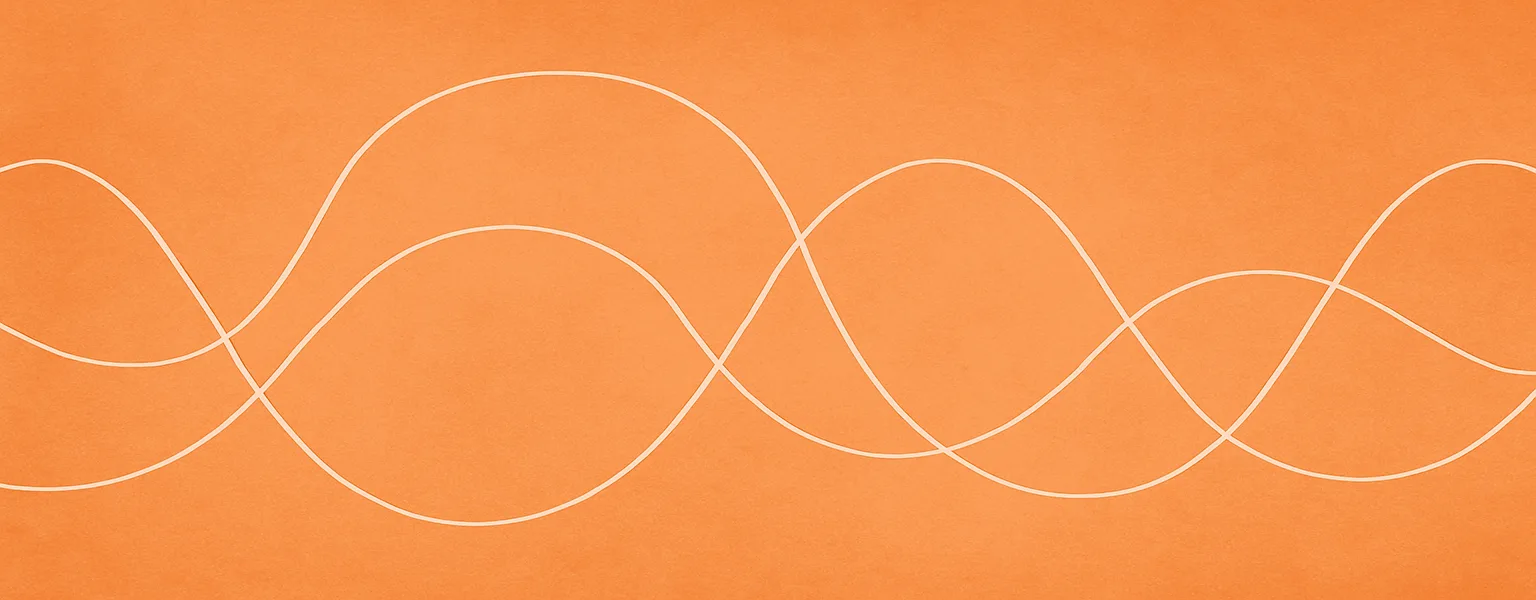🌗 Bipolar disorder: understanding and exploring

ℹ️ Editorial note
This page is still under construction and may appear less complete for now. Several articles on bipolar disorder (and its connection with autism) are already written, but I’ve chosen to publish my autism series first to maintain editorial consistency.
Seeking help? Some articles listed on this hub may mention disturbing situation (burn-out, depression, loneliness). If you need help, please visit our dedicated page with emergency support lines you can call: Help and support.
My Experience
After going through a complicated and confusing two-year period at 16, my life became a constant cycle of episodes where I no longer wanted to do anything — where I was no longer able to do anything. These alternated with moments where I functioned so well that I became extremely productive. And then there were periods where I was functioning too well. At 21, I went through a phase full of excess in every possible way and spent four weeks surviving on only three hours of sleep. I spent my time partying with friends while giving everything I had to my studies. I was never tired.
A few weeks earlier, I had discovered bipolar disorder, and it felt like a flash of illumination. Maybe this was the answer to all my questions — to all of my behaviors. After those four weeks, I inevitably crashed. I decided to see a psychiatrist, who diagnosed me with bipolar type II. The diagnosis was a huge relief. Still, it took several years before I managed to stabilize. I was later re-diagnosed with type I after a manic episode and hospitalization.
Today, I’m fighting to stay on treatment — even though the episodes themselves push me to stop. This is a reality many people with bipolar disorder experience: stopping medication as soon as an episode begins. I struggle significantly to maintain employment due to what is known as rapid cycling (which I’ll discuss in a future article).
Bipolar Disorders
Bipolar disorders are defined by oscillation between depressive and elevated (euphoric) episodes. Prevalence is estimated at 2.4% among non-autistic people, and between 5 and 8% among autistic people. In bipolar type II, elevated episodes are called hypomanic episodes and are often perceived as productive and creative — although still disabling. In bipolar type I, these elevated states are referred to as manic episodes. The difficulties they cause are so severe that they render the person completely dysfunctional and often require hospitalization.
A bipolar type II disorder is diagnosed when a person has experienced at least two hypomanic episodes and a depressive episode. Bipolar type I requires only one manic episode for diagnosis, even though most people with type I also experience depressive episodes.
What Is a Depressive Episode?
A depressive episode must last at least two weeks and include at least five of the symptoms listed below, one of which must be either depressed mood or loss of interest or pleasure.
- Depressed mood for most of the day
- Marked decrease in interest or pleasure in all or almost all activities for most of the day
- Significant weight loss or gain, or significant decrease or increase in appetite (>5%)
- Insomnia (often sleep-maintenance insomnia) or hypersomnia
- Psychomotor agitation or slowing observable by others (not self-reported)
- Fatigue or loss of energy
- Feelings of worthlessness or excessive/inappropriate guilt
- Reduced ability to think or concentrate, or indecisiveness
- Recurrent thoughts of death or suicide, a suicide attempt, or a specific suicide plan
What Is a (Hypo)Manic Episode?
A manic episode must last at least one week (unless hospitalization is required) and involve elevated, expansive or irritable mood; must include a persistent increase in activity or energy; and must present with at least three of the following symptoms:
- Inflated self-esteem or grandiosity
- Reduced need for sleep
- Increased talkativeness
- Flight of ideas or racing thoughts
- Distractibility
- Increase in goal-directed activity or psychomotor agitation
- Excessive involvement in activities with a high potential for painful consequences (e.g., impulsive spending, risky investments)
Four days are sufficient to qualify as hypomania. If hospitalization is required or if psychotic symptoms are present, the episode is automatically classified as mania.
What Is a Mixed Episode?
A mixed episode includes both depressive and (hypo)manic symptoms at the same time. It is considered the most dangerous and overwhelming form for someone with bipolar disorder, as it carries the highest risk of suicidality.
What Are Rapid Cycles?
Bipolar disorder can manifest in different forms. One of them is rapid cycling. Rapid cycling is defined as experiencing at least four episodes within one year (depression and/or hypomania or mania). This form is more difficult to treat and can be highly disabling for the person living with it. In this article, I explain it in more detail and share my personal experience with rapid cycling.
Rapid Cycling
When episodes follow one another at a frantic pace.
Read more →